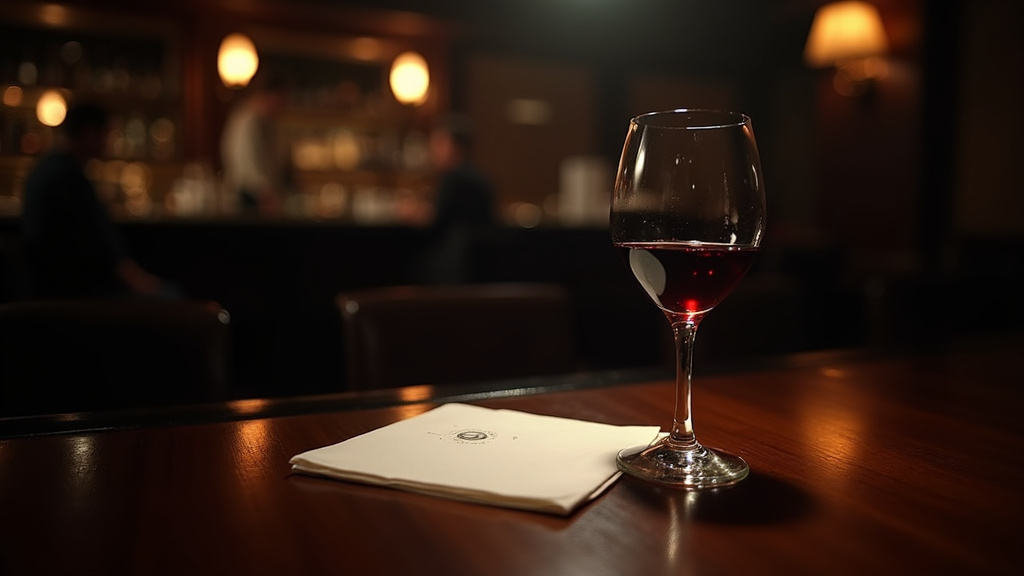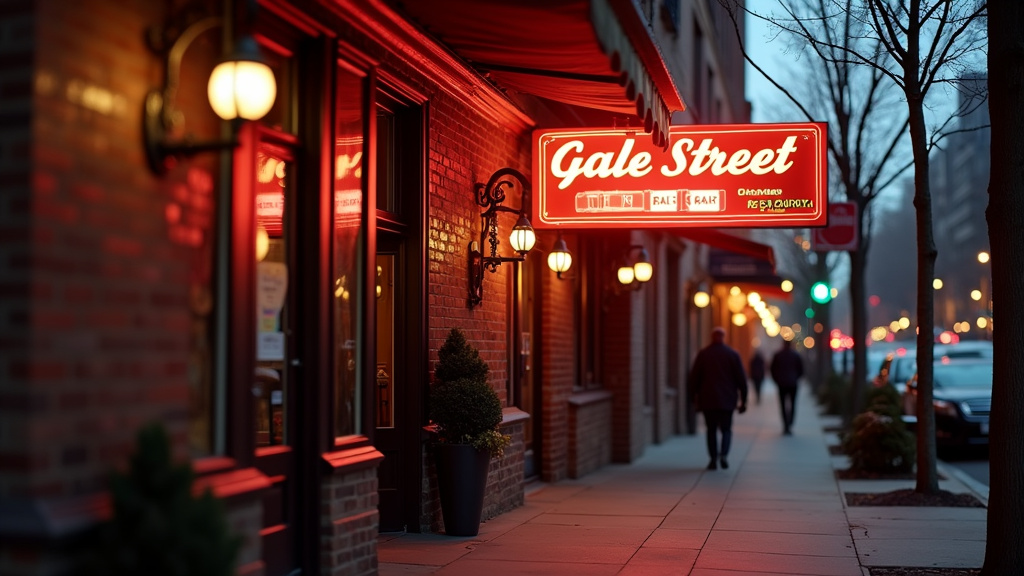Chicago, IL – Miru Restaurant, located within the upscale St. Regis Chicago hotel, has introduced a 3.5% “restaurant surcharge” on all guest checks, a move that amplifies an ongoing debate across Chicago’s vibrant food landscape regarding transparency and rising operational costs.
This new fee, displayed beneath the subtotal and before taxes, is explained as a measure to “offset rising costs”. Notably, diners have the option to request the removal of this surcharge, a feature that has drawn mixed reactions, with some critics deeming it “shady” and a tactic to obscure price increases. The St. Regis Chicago itself has faced scrutiny in the past, including a dispute over elite breakfast benefits for Marriott Bonvoy members.
A Growing Trend in Chicago Restaurants
The implementation of a surcharge at a prominent establishment like the St. Regis Chicago is not an isolated incident but rather a continuation of a trend that has been steadily gaining traction throughout Chicago. Many upscale restaurants and major dining groups are adopting similar practices. Lettuce Entertain You (LEY), a prominent restaurant conglomerate operating numerous establishments in the city, has been at the forefront of this trend, having introduced surcharges of around 3-4% across its portfolio. These fees were initially implemented during the COVID-19 pandemic to cover increased expenses related to takeout, delivery, personal protective equipment, and enhanced sanitation. However, many of these surcharges have persisted, evolving to address broader inflationary pressures.
The Rationale: Inflation, Labor, and Operational Costs
Restaurant operators across Chicago cite a confluence of factors driving the adoption of these surcharges. The persistent increase in food prices, which have seen significant year-over-year gains, is a primary concern. Beyond ingredients, labor costs have also escalated dramatically. A key driver of this is the elimination of the tip credit in Chicago, which mandates a progressive increase in the minimum wage for tipped employees, pushing it closer to the standard minimum wage.
The Illinois Restaurant Association (IRA) defends these practices, arguing that restaurants operate on thin margins and that surcharges are a necessary tool to absorb these rising expenses, including credit card processing fees, without resorting to immediate, drastic menu price hikes. The association suggests that some restaurants opt for surcharges when prices for goods are volatile, hoping to revert to standard pricing once costs stabilize.
Transparency and Consumer Backlash
Despite the justifications offered by the industry, these surcharges have ignited considerable consumer frustration. Critics argue that such fees, especially when presented as optional or not clearly communicated upfront on menus, can be deceptive and erode trust between diners and establishments. The debate centers on whether these surcharges are a transparent method to cover costs or a veiled attempt to increase prices without the perceived “sticker shock” of higher menu item costs.
This discontent has manifested in online discussions and even legal challenges, with class-action lawsuits being filed against restaurant groups, including Lettuce Entertain You, alleging consumer fraud due to insufficient disclosure of these additional charges. While some consumer advocates insist that all costs should be integrated into menu prices, others acknowledge the complexity of the restaurant business and the impact of inflation on the food industry.
The Evolving Landscape of Dining
As inflation continues to be a significant factor, and with Chicago’s evolving labor cost structure, restaurant surcharges appear poised to remain a fixture in the city’s dining scene for the foreseeable future. While the IRA advocates for transparency, emphasizing that diners should be informed about fees before receiving their bill, the ultimate decision on how to present costs—through direct price increases or appended surcharges—remains a contentious point. For consumers, navigating Chicago’s culinary offerings now involves scrutinizing bills closely and understanding the various fees that contribute to the final cost of a meal, making this news a significant aspect of the ongoing conversation about the future of dining in the city.















